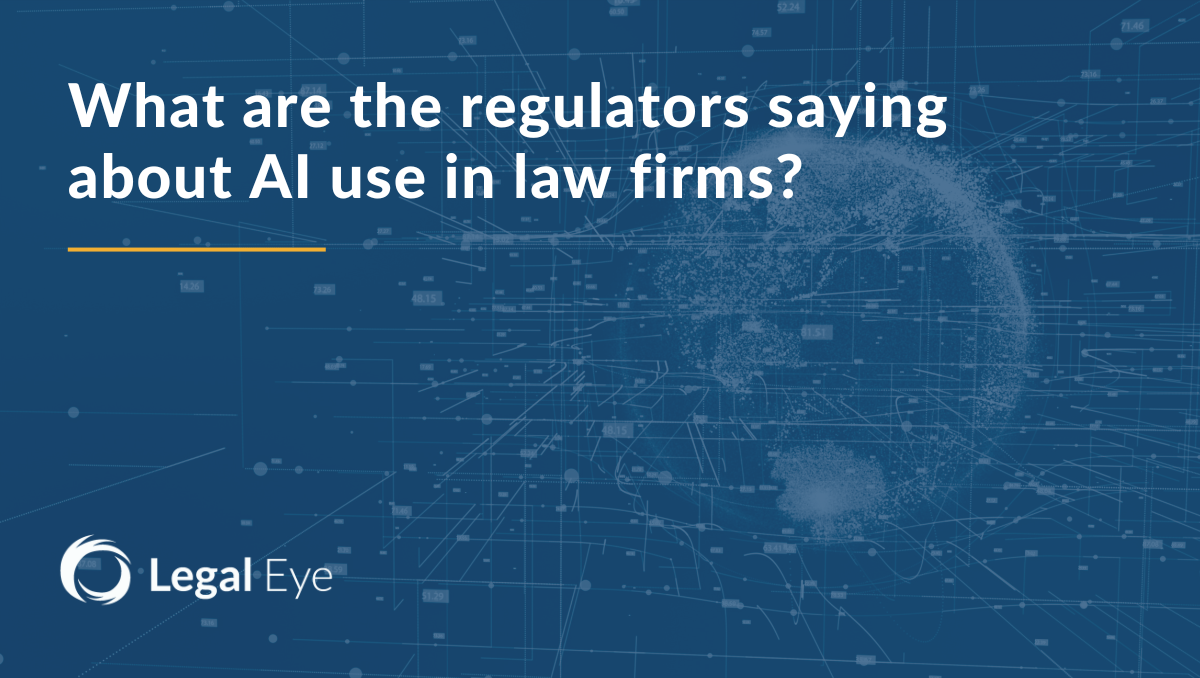Artificial intelligence is here, and law firms are already experimenting with it. Whether you're exploring…
The Conveyancing Association (CA) – the leading trade body for the conveyancing industry – has today (26th April 2023) launched a guidance document for conveyancing firms which addresses The Building Safety Act and Building Safety (Leaseholder Protection) (England) Regulations 2022.
Leaseholder protections outline the need for a Leaseholder Deed of Certificate and Landlord Certificate and apply to buildings at least 11 metres/five storeys, while a new regulatory framework applies to buildings over 18 metres with a special role for the Buildings Safety Regulator.
The Guidance has been created to provide conveyancing firms with details on what the Act and Building Safety Regulations currently contain and what they should consider in light of its enactment into law.
The document covers a number of areas including: what is a relevant building; how to determine height; how to determine the number of storeys; what are the relevant defects covered; who is a qualifying leaseholder; the exception of leaseholder-owned buildings; the Leaseholder Deed of Certificate; the evidence required; leaseholder protection; who else might be responsible; the developer, landlord, superior landlord, or the leaseholders; and the landlord certificate.
Also included in the Guidance is a range of frequently asked questions and answers, plus a list of questions all conveyancing firms should be considering when working on cases with relevant buildings.
The CA has committed to updating the guidance as and when it becomes aware of further changes, given the legislation contained in the Act goes live at different times.
Conveyancing firms can download a copy of the Guidance by visiting the downloads page on the CA website at: https://www.conveyancingassociation.org.uk/downloads/
Beth Rudolf, Director of Delivery at the Conveyancing Association, commented:
“Given the complexity of the Building Safety Act, the Building Safety Regulations and Fire Safety Regulations, we at the CA decided to create this guidance which combines information available on the Gov.uk website as well as from the Department for Levelling Up, Housing and Communities.
“It is designed to provide a precis of what we feel are the relevant parts of the legislation, and hopefully steers conveyancers in the right direction when it comes to carrying out their work for cases which involve relevant buildings.
“That said, it is very much a work in progress, and as the industry gets into the practicalities of dealing with these cases and as we learn more about how this is going to sit within our sector, we will update our Guidance to reflect any changes.
“The normal disclaimers apply, particularly as the legislation has not yet been tested in Court, but we hope this helps set out the main issues and items which conveyancing firms will need to consider and advise clients on, and to dispel some of the myths out there which are making conveyancers’ jobs even harder.”

